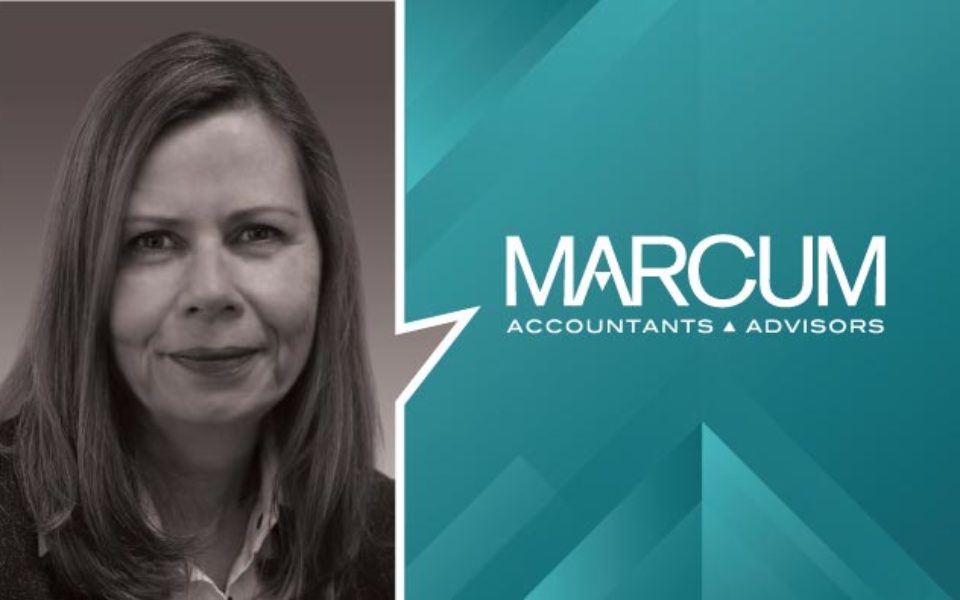Kim Lamplough, Assurance Services Partner, Quoted in CFO.com Article "Equipment Leasing Plan Could Make Lessees Losers"
CFO.com
By Kathleen Hoffelder

Excerpt:
Since 2010, when the Financial Accounting Standards Board (FASB) and the International Accounting Standards Board (IASB) first published an exposure draft on lease accounting, the boards have been trying to come to an agreement on how to take two very different kinds of leases — equipment and rental — and account for them on the balance sheet. For years they had remained off balance sheet, typically in the footnotes of company financials.
Most industry participants readily accepted the need to put leases on the balance sheet and exempt short-dated leases of less than 12 months from the accounting standards, but for companies that lease equipment, that’s where the support ends.
Kim Lamplough, a partner in the assurance division of Marcum LLP, an accounting and advisory firm, says the proposed new requirements for equipment leases will significantly affect market participants. “It will definitely change the timing of charges in the income statement and therefore impact net income” for lessees by diminishing it in the early years of a lease, she adds.
Under the new model for equipment lease expenses, Lamplough explains, the lease cost would be treated similarly to financing. And that would mark a big change from the way equipment lessees account for items now. “There would be a use component and an interest component. As with any financing, the interest charges are heavier at the front end because the principal amount is higher, so the interest component that’s going to go through the income statement related to those leases is higher at the beginning than at the end,” she says.


















